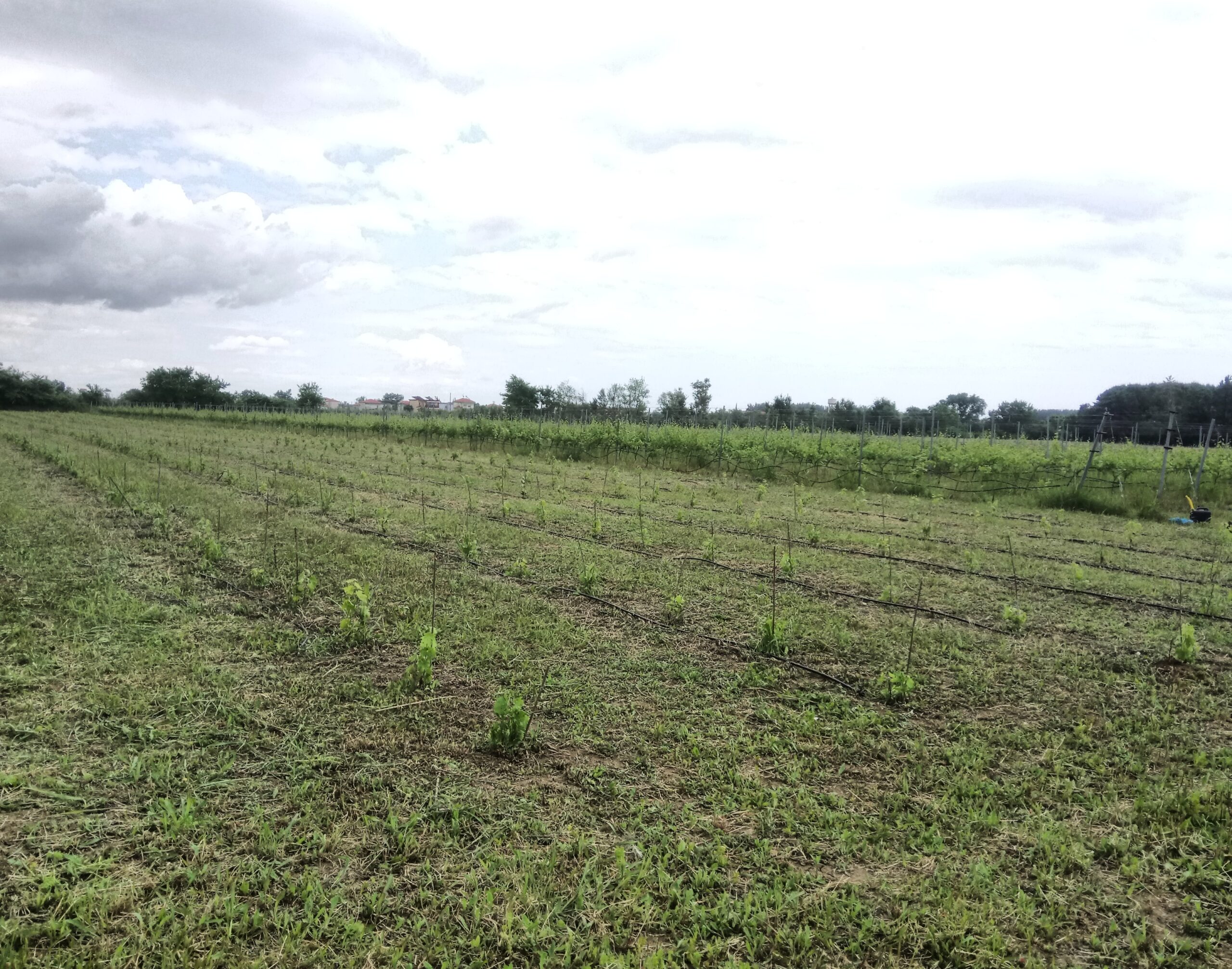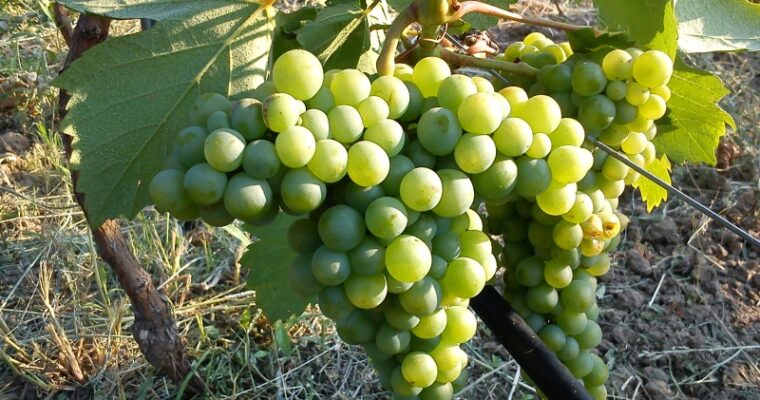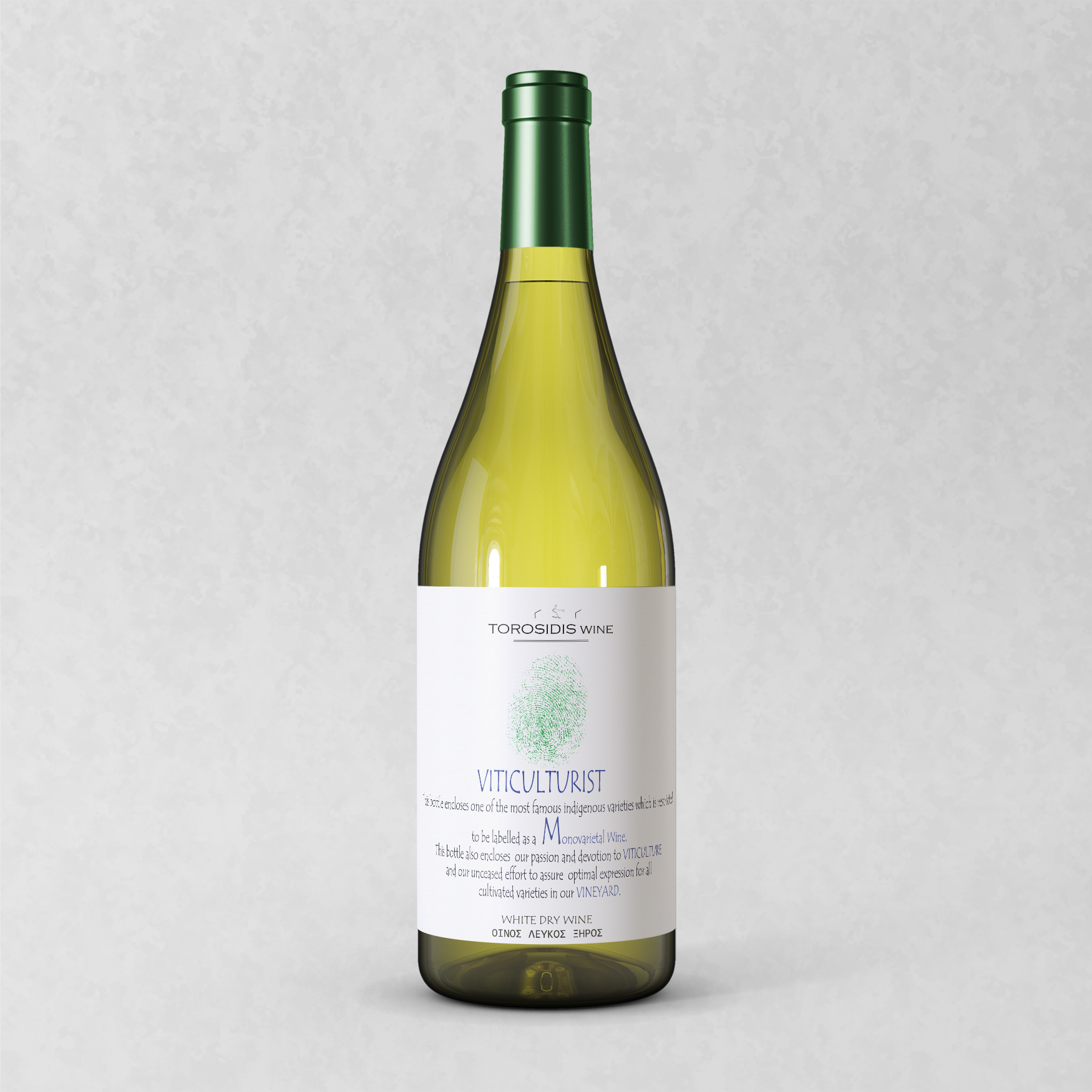
Vineyard trellising system
Written by torosidiswine
Depending on the type of support we use, there are differences in the total leaf area, but also in the percentage of it exposed to the sun. Thus, the ability of vine plants to photosynthesize effectively depends on the support system used and the influence this ultimately has on the penetration of light into the formed plant wall.
In addition, the support system can affect many other parameters, such as eye differentiation, grape exposure, plant water status and transpiration.
The evolution of support systems in order to achieve a balance between vegetation and production has led to the establishment of “split” support systems which, allowing better light penetration, have the ability to increase production while improving the composition of the grape.
The aim of the support is to preserve the form of the plants. There is evidence that support systems have been used since ancient times, in the vineyards of the Middle East, Greece and Rome (Winkler et al. 1974).
Countless support systems have been and are being used around the world. All of them share two common parameters.
The amount of old wood, which is expressed by the height of the trunk and the presence/absence of cords
and pruning, which can be applied to heads or vines and in some cases a combination of both.
By modifying the size and layout of the leaf surface, by leafing, pruning and the support system used, the microclimate on the vegetative wall is affected. The percentage of leaf exposed to the sun is one of the important criteria for choosing the appropriate support system. It is affected by the dispersion of the fruiting organs, the height, and the applied way of pruning.
By modifying the size and layout of the leaf surface, by leafing, pruning and the support system used, the microclimate on the vegetative wall is affected. The percentage of leaf exposed to the sun is one of the important criteria for choosing the appropriate support system. It is affected by the dispersion of the fruiting organs, the height, and the applied way of pruning.
In general, it has been found that in addition to growth and the size of production, quality also depends on the ratio between the leaf surface exposed to light and the weight of the fruit.
For the ripening of 1 g of fruit, an active leaf area between 7-14 cm2 is required (Howell 2001), with the highest values being in colder areas.
With the development of split systems of plant walls, the optimization of light penetration was sought. The division of the vegetative wall involves the configuration of the support system so that from the single original vegetative wall two or more emerge. In this way, greater yields are achieved, increased fertility of the buds due to reduction of shading within the plant and improvement in the composition of the fruit (Smart et al. 1985a, 1985b).
Among the shapes into which the crown is divided horizontally designed exclusively for varieties of V. vinifera are the lyre configuration (Carbonneau et al. 1978, Carbonneau 1979, Carbonneau and Huglin 1982) and its variations. With the use of suitable lyre-shaped support materials (or variations thereof) and the arrangement of the vines in a vertical position, the crown is divided into two distinct vegetative walls (Kliewer et al. 1988).
The separation of the crown can also be done vertically. The best-known configuration system of this class is Scott Henry (Henry 1991).
These shaping systems have the ability to reduce foliage density, promote fruiting and improve grape composition. Although these configuration systems are quite popular, separating the vegetative walls vertically has some drawbacks.
The arrangement and volume of the vegetative wall is affected by the applied support system, which in turn affects the density of the foliage and therefore the penetration of light into the leaves and fruit.
The density of foliage on the vine is significantly higher compared to other perennial crops (Schultz 1995). The percentage of leaves inside the plant wall in relation to that on its surface differs depending on the applied configuration system (Katerji et al. 1994, Schultz 1995, Smart et al. 1990).
In California it was found that there are three active layers of the canopy leaf surface (Williams et al. 1987) while in Australia it is considered that the 1.5 layer of the leaf surface is optimal (Smart et al. 1990).
This difference is attributed to the different geography but also to the different approach of the term “active leaf surface”.
There is no universally accepted recommendation on the number of active leaf surface layers.
Separating the sash horizontally requires greater distance between the lines to facilitate the work of the machines and reduce shading. This is not the case in systems where the separation is vertical. In this case too, care should be taken to shade due to the potential height of these shapes. Shaping systems such as Scott Henry’s usually exceed two meters in order to properly arrange vegetation.
Finally, the system by which the vine is formed affects its growth, determines the penetration of light and affects the microclimate in the leaves and fruit. A significant influence of the microclimate as a result of the modulation system used has been shown to affect the composition of the grape and the organoleptic evaluation of the wines produced.
Source: Andrew G. Reynolds and Justine E. Vandel Heuvel , 2009. Influence of grapevine training systems on vine growth and fruit composition : A Review. Am. J. Enol. Vitic 60:30.
For maturation 1 gr fruit requires an active leaf area between 7-14 cm2
For maturation 1 gr. An active leaf area between 7-14 cm2 is required (Howell 2001), with the highest values being for colder areas.

Our Wines
Shop

Related Articles
Related
Κριτήρια προτεραιότητας για τη χορήγηση αδειών φύτευσης αμπελιού
Προκειμένου να χορηγηθούν οι άδειες νέας φύτευσης εφαρμόζονται κριτήρια προτεραιότητας όπως αυτά έχουν επιλεγεί για την κάθε περιφέρεια κάθε αγροτεμάχιο λαμβάνει βαθμολογία στο κάθε κριτήριο με βάση τον συντελεστή βαρύτητας W και τον συντελεστή συμμόρφωσης Pt. Η...
Αιτήσεις για άδειες φύτευσης αμπελιού για το 2024
Οι ενδιαφερόμενοι για την απόκτηση αδειών νέας φύτευσης οινοποιήσιμων ποικιλιών αμπέλου, υποβάλουν ηλεκτρονικά, μέσω της Ψηφιακής Υπηρεσίας Υποβολής Αιτήσεων Αδειών Νέων Φυτεύσεων της ιστοσελίδας του ΥΠ.Α.Α.Τ, αίτηση- υπεύθυνη δήλωση από την 1 Σεπτεμβρίου μέχρι και...
Until 20 November 2023, applications for the restructuring and conversion of vineyards of the 2023-2024 wine year.
The period of application of the intervention for restructuring and conversion of wine-growing areas in our country concerns the wine year 2023-2024.The intervention shall cover one or more of the following actions: (a) varietal conversion of vineyards, including...
